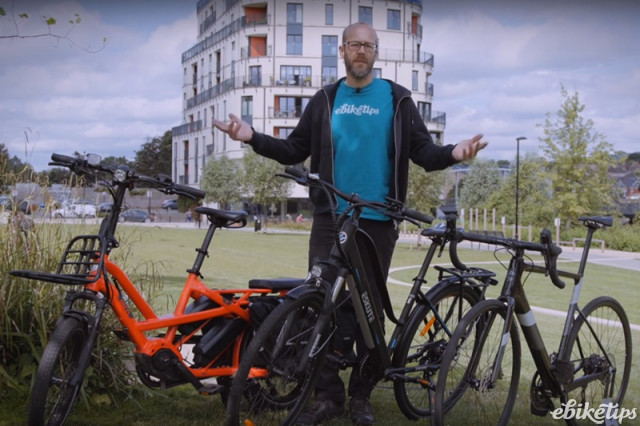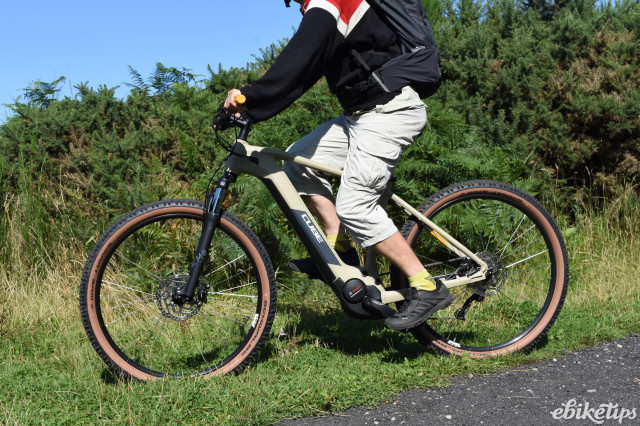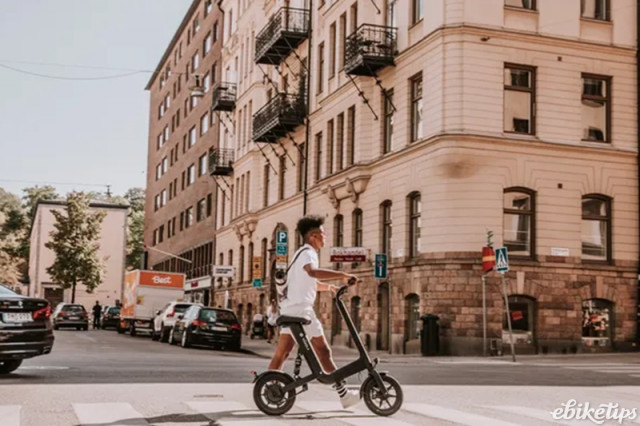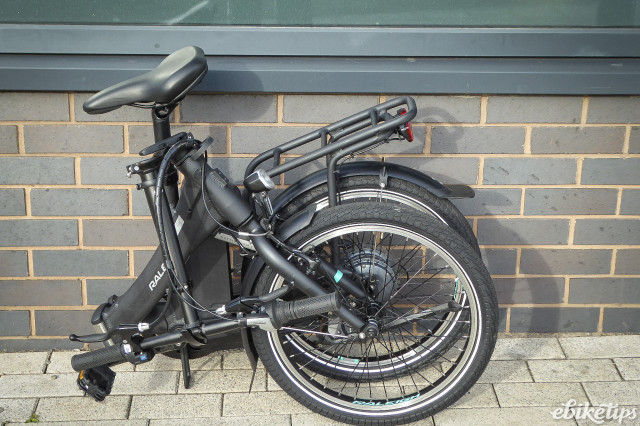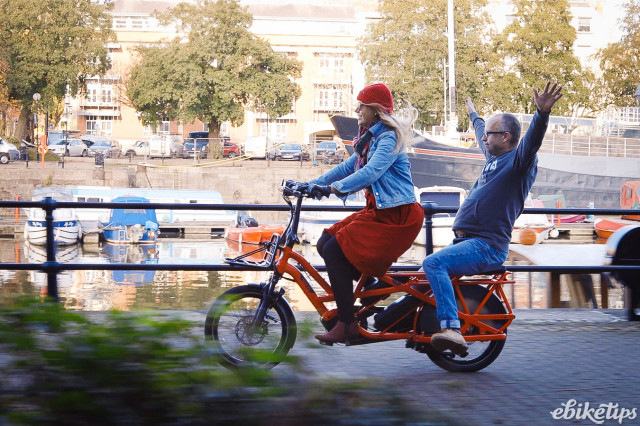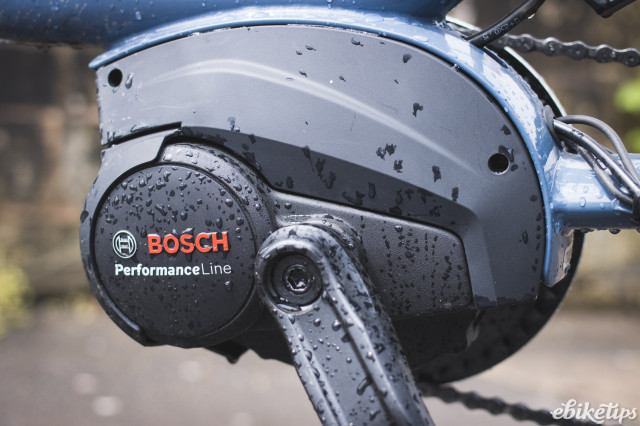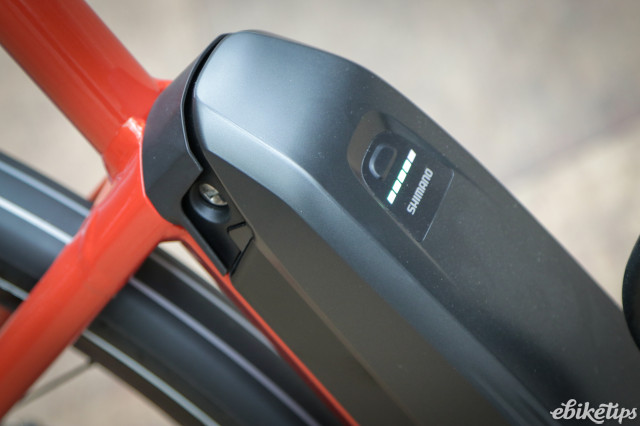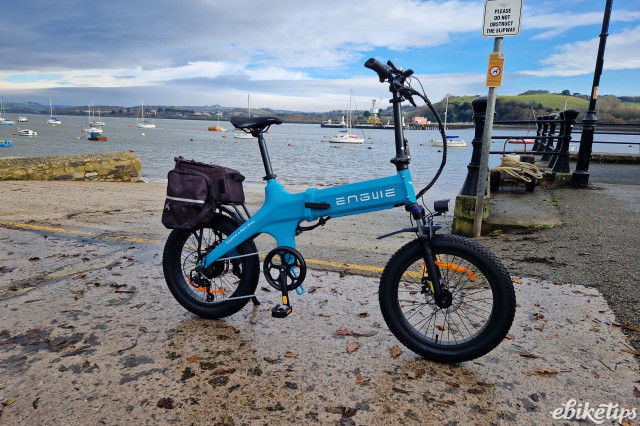What is an e-bike? And what isn’t an e-bike for that matter? What different kinds of e-bike can you get and how much do they cost? The world of electric bikes and motors can be a confusing one. Let’s take a few tentative steps into it.
- What is an e-bike?
- What isn't an e-bike?
- What are the different kinds of e-bike?
- Motors, power and torque
- Batteries and range
- How much do e-bikes cost?
Our aim with this article is not to get too bogged down in technical detail. We’re just trying to give you an overview. We will however include links to some of our other articles so that you can find out more about particular elements – whether batteries or motors or a particular subgenre of bike – if you want to.
But, for now, let’s start at the start.
What is an e-bike?
Technically, an e-bike could be any kind of electric two-wheeler – a pedal bike, a moped or even a motorbike. However, the vast majority of the time people are actually talking about only the first of those three. Specifically, they’re highly likely to be talking about what UK legislation labels an ‘electrically-assisted pedal cycle’.
‘Electrically-assisted pedal cycle’ and its abbreviation, EAPC, are horrible terms that will never catch on. They do however help us define what people are (most likely) talking about when they say ‘e-bike’.
The three main requirements to qualify as an EAPC are:
- The bike must be fitted with pedals that are capable of propelling it
- The maximum continuous rated power of the electric motor must not exceed 250W
- The electrical assistance must cut-off when the vehicle reaches 15.5mph
A bike that complies with the above is not considered a motor vehicle. That is the crucial distinction because it means the bike doesn’t need to be registered, it isn’t subject to vehicle excise duty and it doesn’t have to be insured as a motor vehicle.
It is, to all intents and purposes, looked upon exactly the same as a normal bike without a motor (except that you have to be over 14 to ride it).
For the rest of this article, whenever we say ‘e-bike’ this is the kind of vehicle we’re talking about.
What isn’t an e-bike?
Any electrically-powered bike that doesn’t meet the criteria above is not an e-bike. Those three legal requirements are what keep an e-bike from becoming a moped or some other form of vehicle for which you’d need a licence and more besides.
Find out more about what counts as an e-bike:
What are the different kinds of e-bike?
E-bikes have a lot of different potential uses and this means there are a lot of different types.
The edges between different categories are blurry, but here’s how we tend to break things down in these parts.
Urban/city/hybrid e-bikes
Okay, not a great start in that we’ve already thrown three different terms into the same subheading. Urban e-bikes, city e-bikes and hybrid e-bikes are however all broadly the same thing.
We’re talking about fairly generic flat handlebar bikes here. Practical, comfortable and easy to ride – they’re a popular choice.
Frames are either the familiar diamond shape with a crossbar, or a step-through design where the main tube swoops down and meets the seat tube by the pedals.
These kinds of everyday bikes still cover quite a bit of design ground, however. Ribble’s Hybrid AL e, for example, is a lightweight bike that you probably wouldn’t even identify as an e-bike at first glance. With a rear hub motor (more on those below) and a relatively small battery concealed within the frame, it’s a bike you can use unassisted, calling on motor power only when you need it.
At the other end of the scale, you have something like the Cube Kathmandu Hybrid Exc 625. This is fitted with fatter tyres, a suspension seatpost, a bigger battery and a powerful mid-motor that will pull just about any weight up any gradient with ease.
It’s not a mountain bike, but you could take it on far rougher terrain than the Ribble. But then unlike the Ribble, it isn’t going to be the easiest thing to pedal unassisted if you end up with a flat battery.
Between these extremes lie a great many options, each with a subtly different emphasis.
Think an urban/city/hybrid e-bike might be the right choice for you?
E-road bikes
Electric road bikes tend to have the battery and motor tucked inside the frame so that they don't look like e-bikes at all.
This is great and wonderful and all – but obviously there’s a trade-off. To save weight, they tend to have lower capacity batteries than urban e-bikes. The idea is that you use the assist sparingly rather than tearing around on full power the whole time.
We tend to consider e-road bikes as falling under the purview of our sister site, road.cc, so we’ve included a link to their main buyer’s guide below.
Think an e-road bike might be the right choice for you?
Folding e-bikes
This one doesn’t really need quite so detailed an explanation. Folding e-bikes are e-bikes that fold.
A couple of things to watch out for here though if you’re after a compact folding bike for commuting or similar.
Firstly, batteries and motors add weight, so folding e-bikes aren’t generally as easy to carry as an unpowered folding bike.
Secondly, folding e-bikes are often designed to do a bit more than just get you to work and back. We’re seeing more and more that are designed to fold to fit in a car boot or hallway which are also set up for more diverse riding.
Motor power means they can be fitted with a rack or basket to carry some shopping, for example, or with wider tyres and a better motor to allow for more adventurous riding on slightly rougher trails.
Think a folding e-bike might be the right choice for you?
E-cargo bikes
E-bikes really come into their own when it comes to hauling cargo. Whether you’re talking about moving goods or additional people (or both), a motor really makes a hell of a difference.
E-cargo bikes come in many forms. Longtails – bikes with a longer rear rack – are perhaps the most common. Box bikes, or Long Johns, go the other way with the cargo carried out front between the rider and front wheel. You’ll find all manner of different boxes, platforms, racks and panniers though – indeed there are often multiple options on just one bike.
These bikes will generally feature a mid-motor rather than a hub one. A mid-motor tends to be smoother and more efficient and will provide more power from a low speed – which is exactly what you want if you’re carrying a load.
Think an e-cargo bike might be the right choice for you?
Electric mountain bikes
The electrically assisted mountain bike, or e-MTB, is the other category of e-bike where you’ll want a top level motor.
You can get hardtail and full suspension e-MTBs. Almost all intended for serious mountain biking will feature a mid-motor. Cheaper models with hub motors are available, but we’d probably argue they’re mountain bikes in name only and are really only intended for use on flatter trails.
Our sister site off-road.cc covers this area.
Think an e-MTB might be the right choice for you?
Motors, power and torque
The heart of an e-bike – the very thing that makes it an e-bike – is the motor. This is what provides the power assistance.
As we’ve already stated, UK e-bike regulations state that the maximum continuous rated power of an electric motor must not exceed 250W. The upshot of this is that the vast majority of e-bike motors are rated as being 250W. This labelling does however mask significant variation in how different motors perform.
For one thing, most will have a peak power output above that 250W ceiling – so already you’ve got quite a bit of variation between two motors that are both rated as being 250W. This is then compounded by the fact that different motors will perform differently at different cycling speeds.
There were a lot of ‘differents’ in that previous sentence, but all it really boils down to is that some motors are better than others when you’re going up a steep hill or when you’re trying to set off while carrying a week’s shopping and also a child.
This is why you’ll often see references to torque. A motor with higher torque – measured in newton metres (Nm) – will be easier to get going from a standstill, or to keep moving on a steep slope.
Motors come in two main types: hub motors and mid-motors. The former are positioned on one of the wheels; the latter at the cranks where you’re doing your pedalling.
This is by no means a hard-and-fast rule, but mid-motors tend to deliver higher torque as their positioning allows them to exploit your bike’s gears in exactly the same way you do when riding unassisted. They are also – and again this is a generalisation – likely to be more expensive.
Find out more about e-bike motors:
Batteries and range
The other key ingredient in an e-bike is of course the battery because your motor has to get its power from somewhere.
Battery capacity can be measured in amp hours (Ah) or, more usefully, in watt hours (Wh). If you want to find out a bit more about that, take a look at our guide to e-bike batteries linked below. For now, the crucial thing to know is that bigger is better. More Ah or Wh equals a bigger battery.
However! It’s necessary and important at this point to emphasise that battery capacity does not directly correspond with range. Yes, a bigger battery will allow you to ride a given e-bike further before charging it, but that doesn’t really help you if you’re trying to compare two different bikes.
Some bikes and motors use their batteries a lot more efficiently than others, meaning they can go further with a smaller battery. The way you, the rider, uses your motor matters too – as does the terrain where you are riding it.
Again, the finer points are beyond the scope of this article, but there’s plenty more info if you follow the links below.
Find out more about e-bike batteries:
- Range anxiety: how to get the most from your e-bike battery
- A beginner’s guide to e-bike batteries: everything you ever wanted to know about how electric bikes get their power
How much do e-bikes cost?
We aren’t going to sugar-coat this: e-bikes cost more than other bikes. Why? Because they have more bits.
Think of it like this: there’s the bike bit and then there’s the e- bit too. Batteries cost money and motors cost money and so do all the other bits and bobs.
That isn’t to say there aren’t bargains. It’s more that the minimum cost of an e-bike is unavoidably higher. The cheapest listed in any of our buyer’s guides costs £500 and it doesn’t have much company in that price bracket. Really, you’re looking at almost £1,000 for what can legitimately be considered a budget e-bike.
At the other end of the scale, e-cargo bikes in particular can cost in excess of £5,000. If your eyes are watering at the thought of such a sum, consider that we’re talking about something that for many people will replace a second car or which might be used by a business as a delivery vehicle.
Get a clearer idea of what your budget should be:
- Electric bikes on a budget: the best e-bikes for around £1,000
- The best e-bikes from £1,000 to £2,000
- 5 top tips for going car-free
Any further questions?
Our all about e-bikes article goes into more detail about some of the elements raised here.
Our ‘everything you need to know about e-bikes’ video is worth a watch too.
